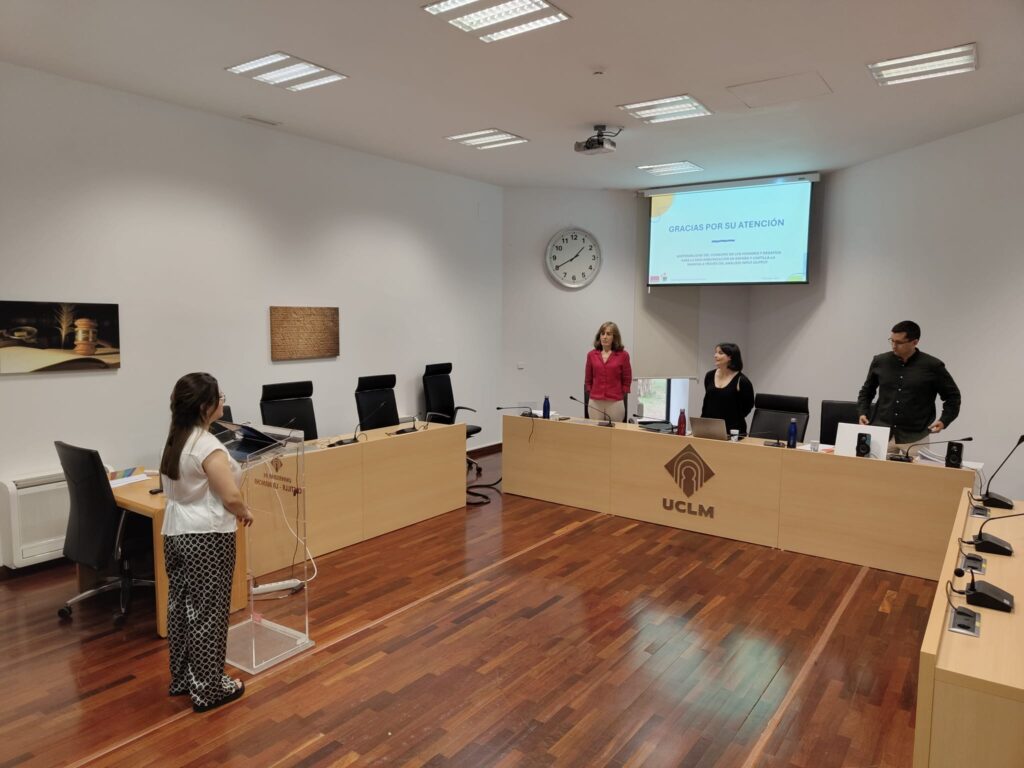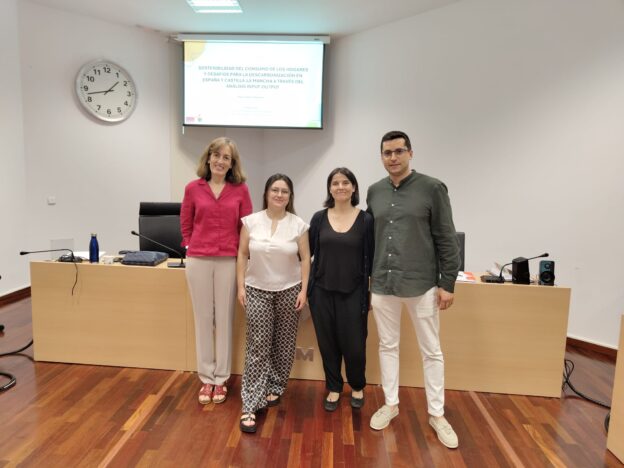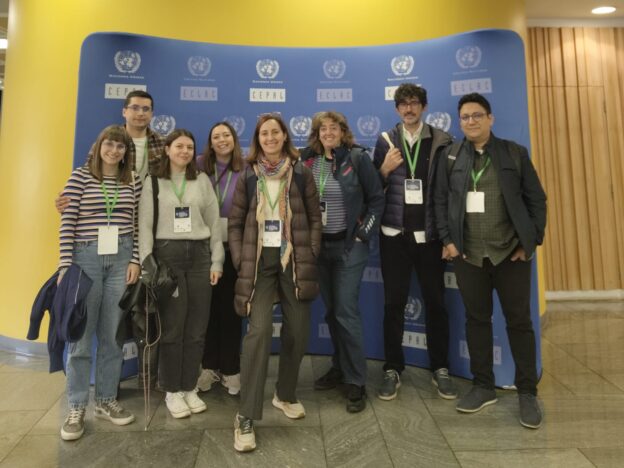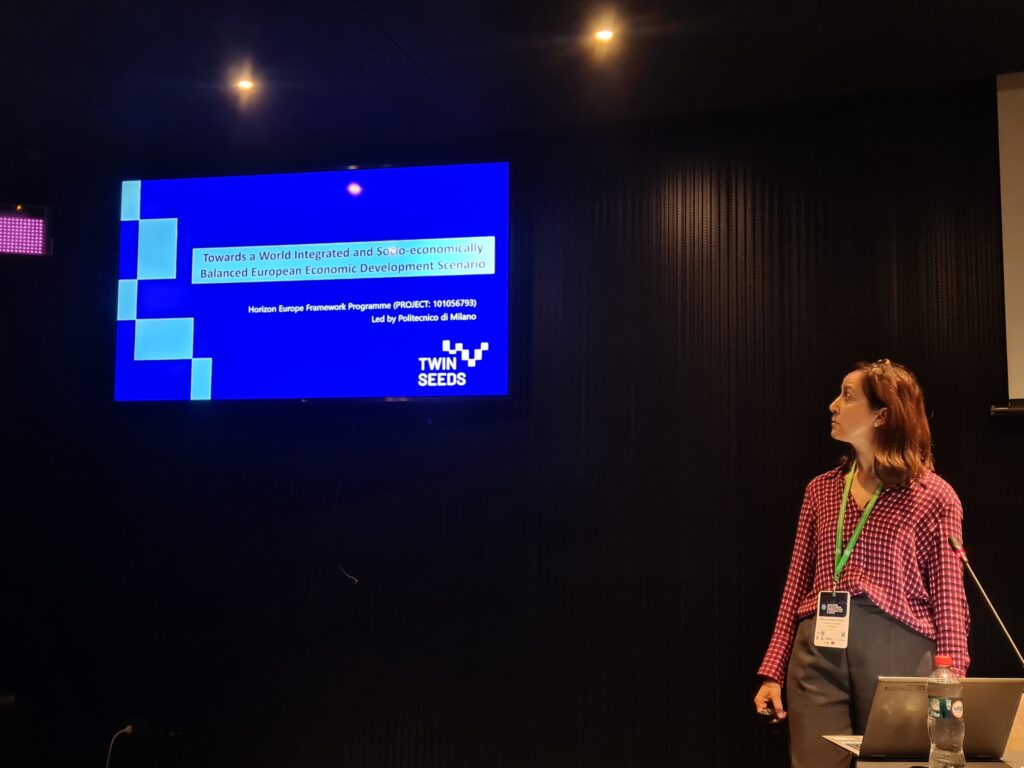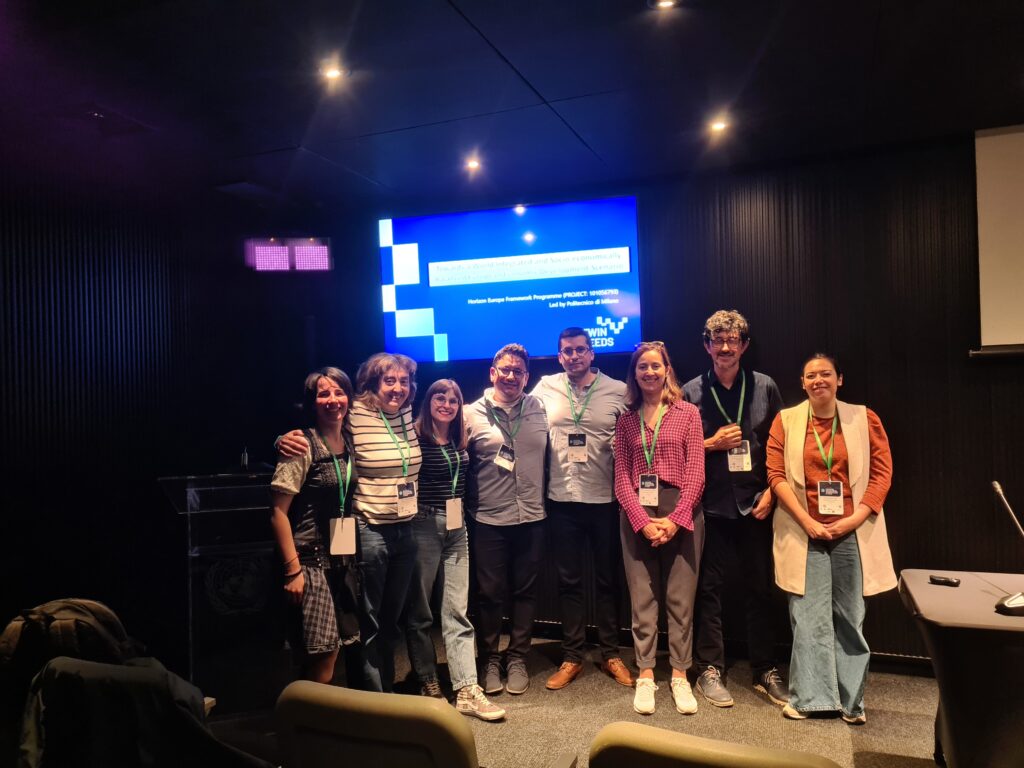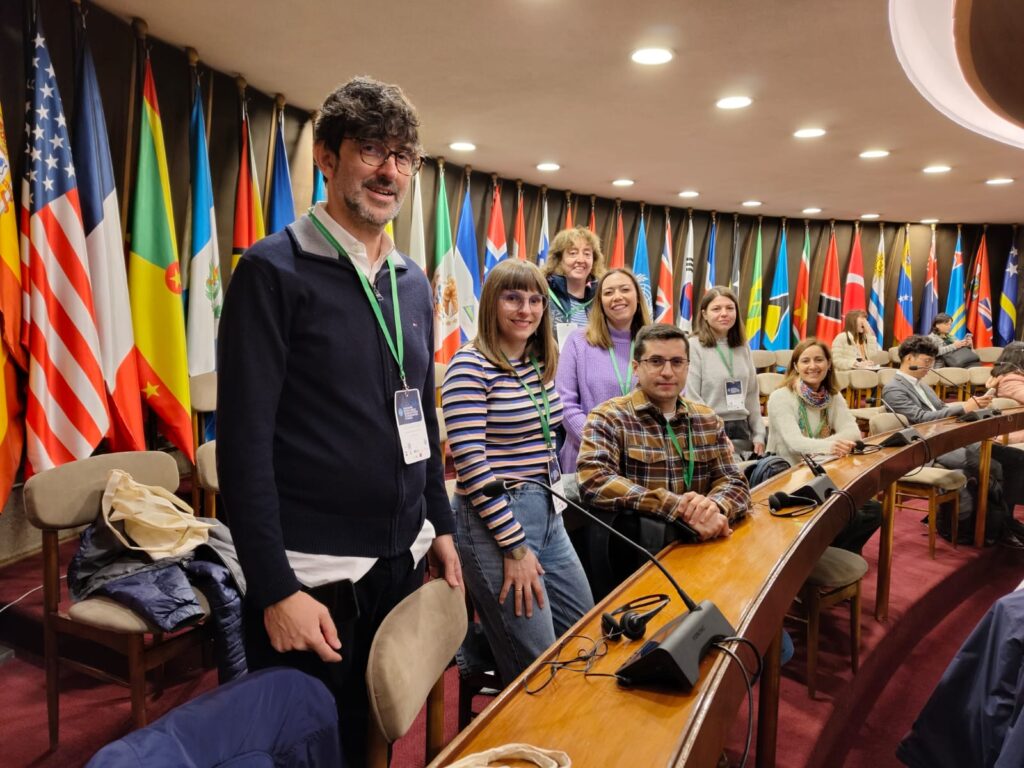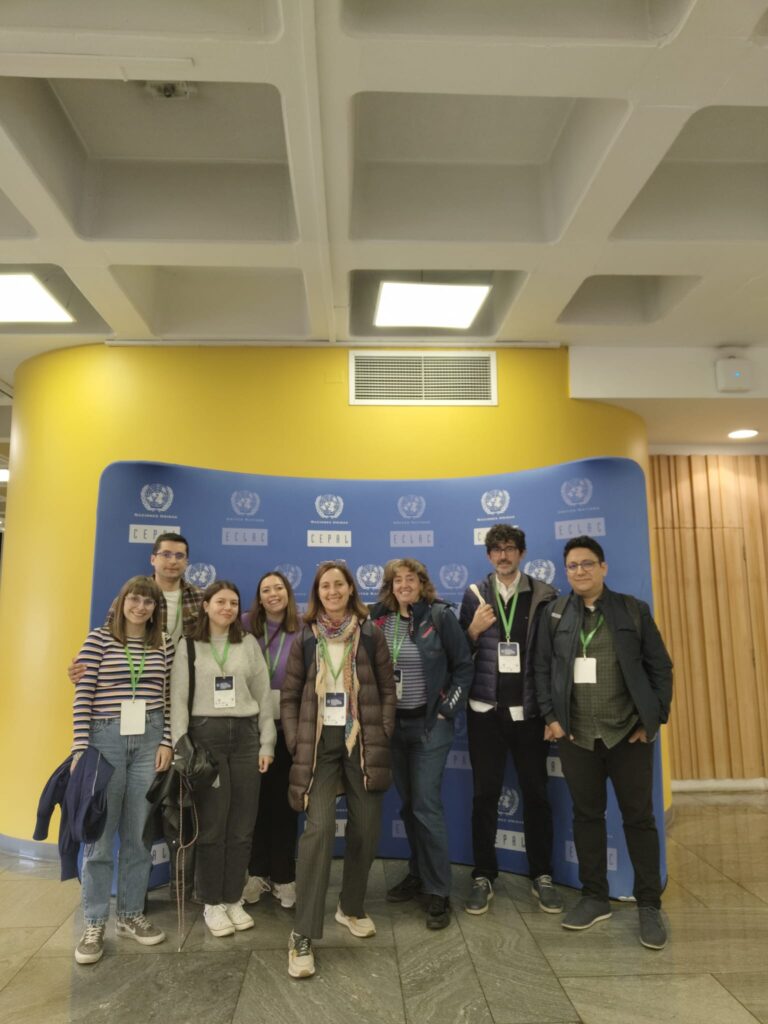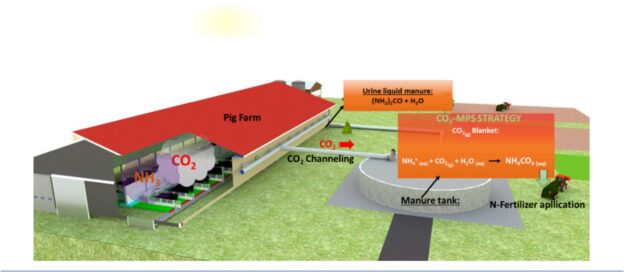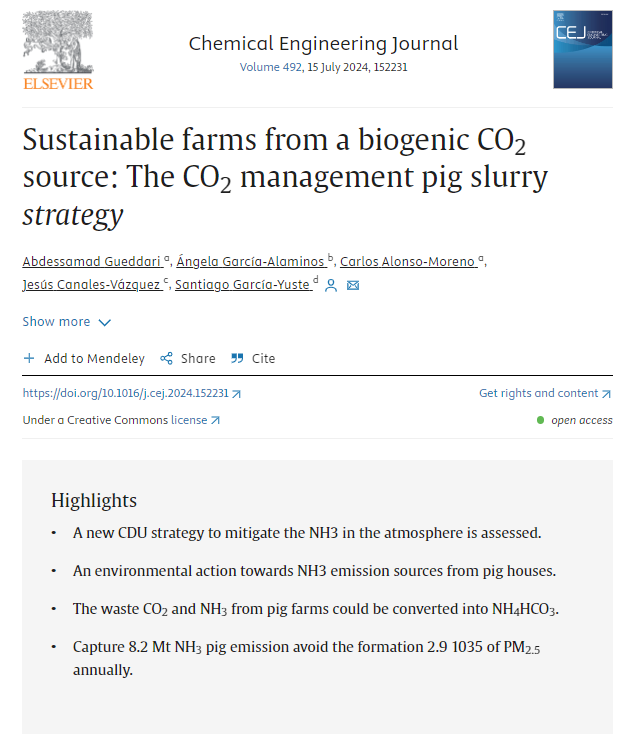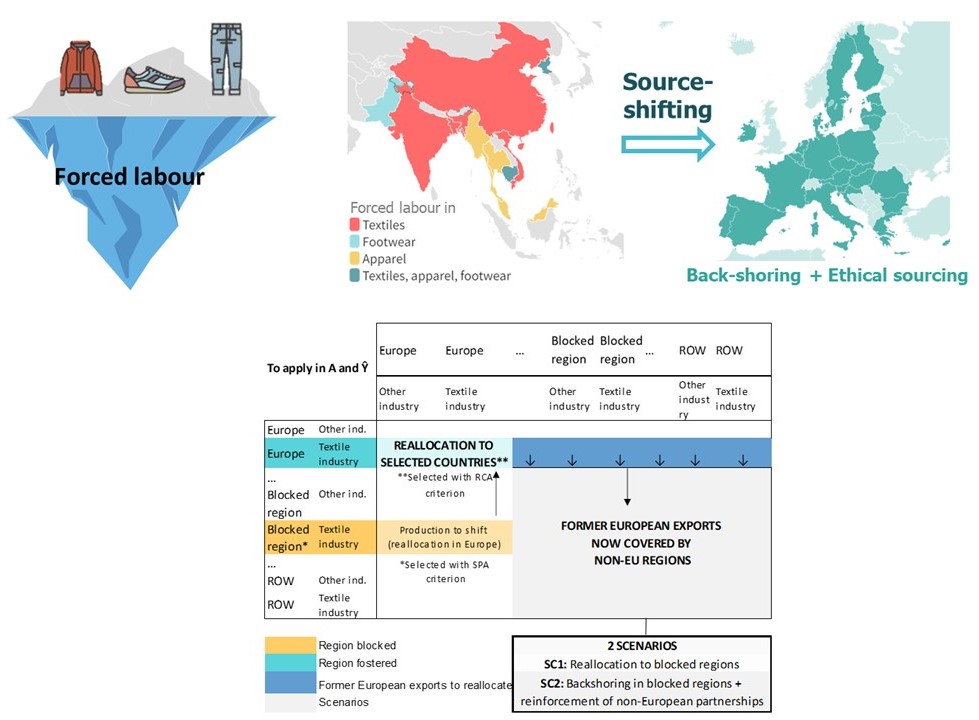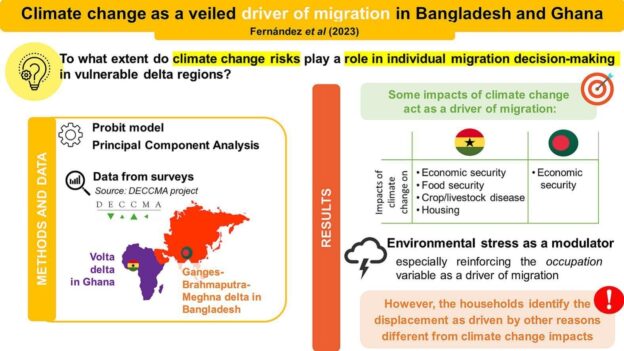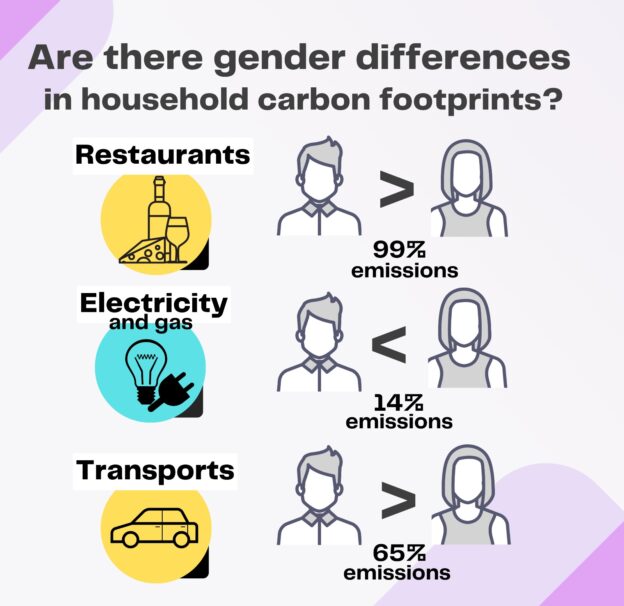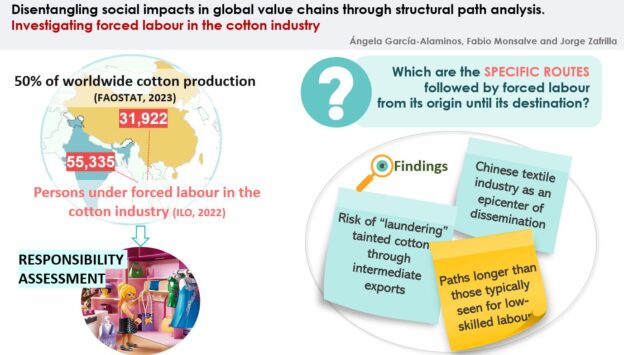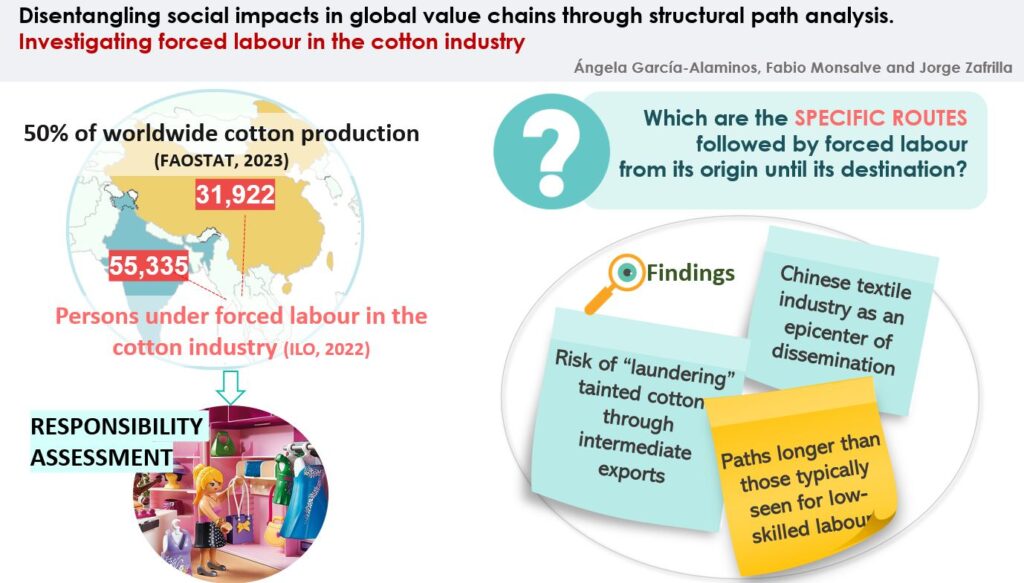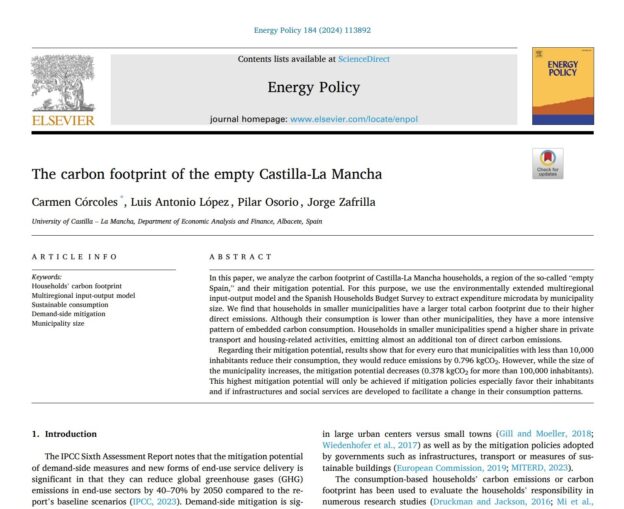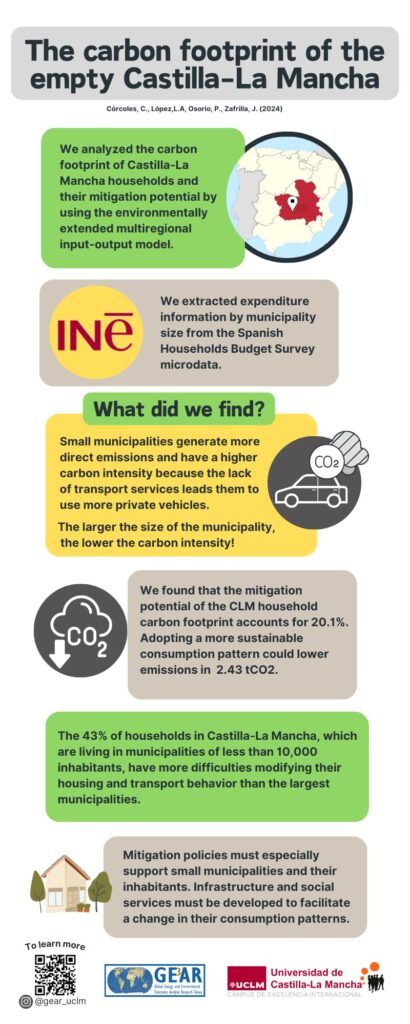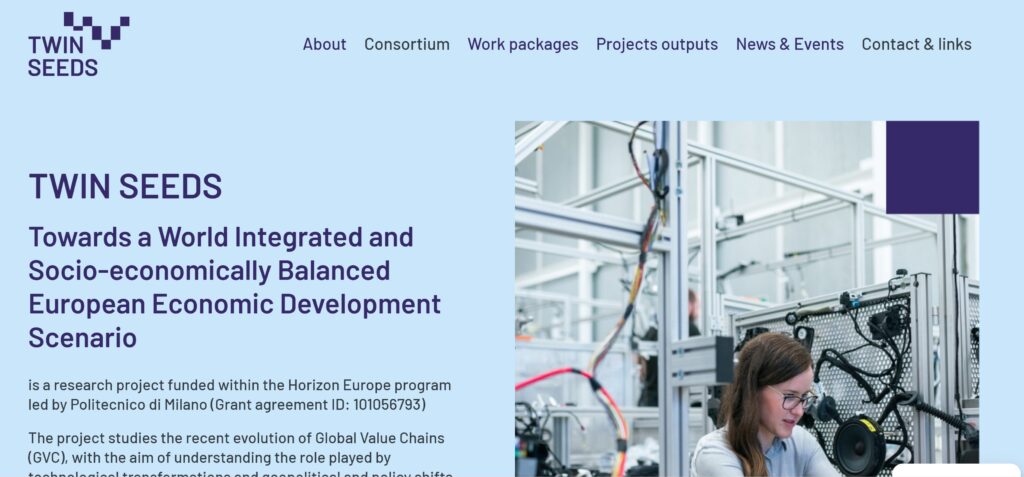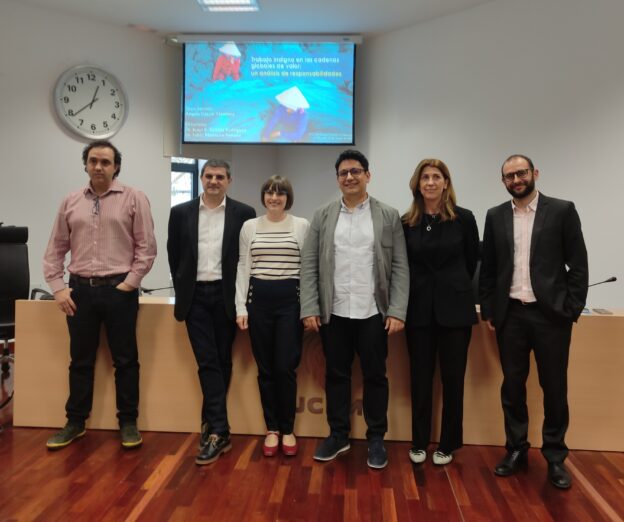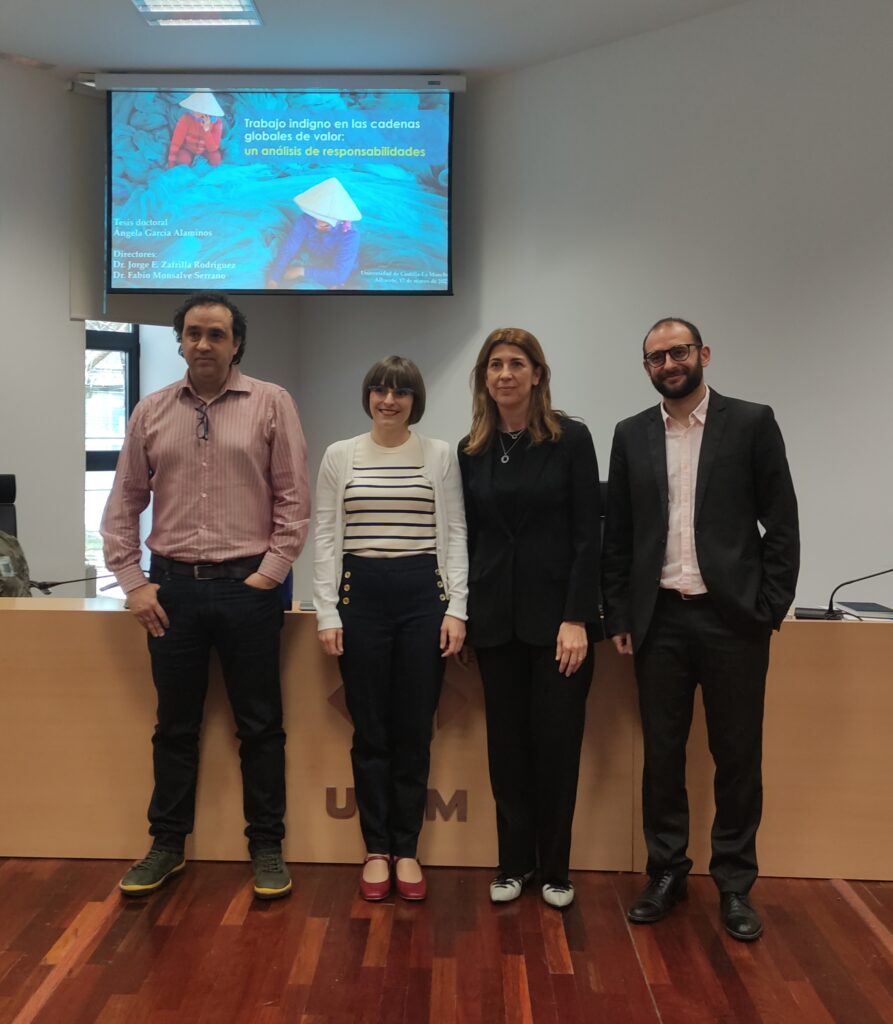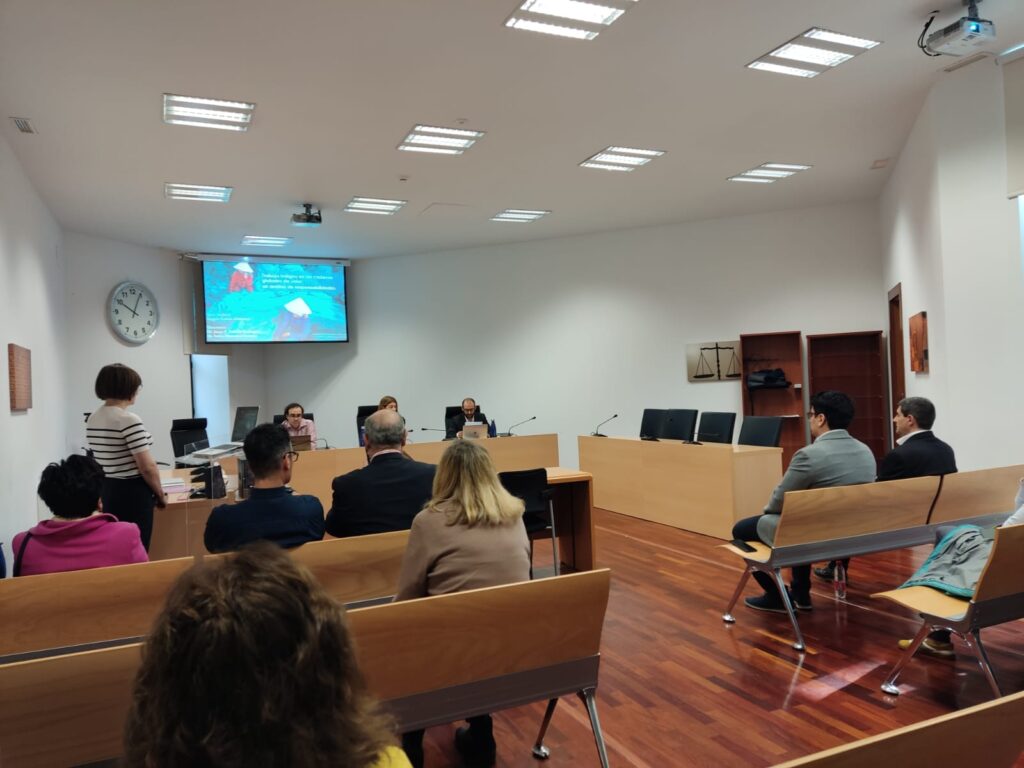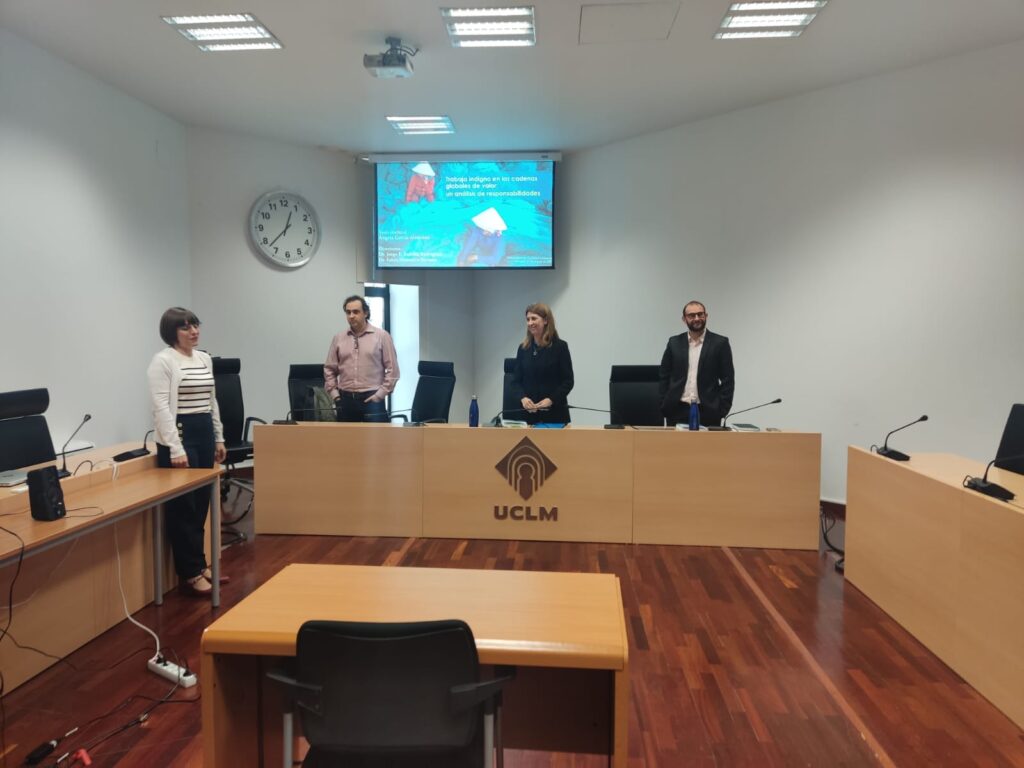Pilar Osorio, GEAR member, has completed her PhD in Economics.
The thesis entitled “Sustainability of household consumption and challenges for decarbonization in Spain and Castilla-La Mancha through input-output analysis”, was supervised by María Ángeles Cadarso and María Ángeles Tobarra, and is composed of three peer-reviewed papers:
- Osorio, P., Tobarra, M.-Á., & Tomás, M. (2024). Are there gender differences in household carbon footprints? Evidence from Spain. Ecological Economics, 219, 108130. DOI: https://doi.org/10.1016/j.ecolecon.2024.108130
- Córcoles, C., López, L. A., Osorio, P. y Zafrilla, J. (2024). The carbon footprint of the empty Castilla-La Mancha. Energy Policy, 184, 113892. DOI: https://doi.org/10.1016/j.enpol.2023.113892
- Osorio, P., Cadarso,M.A., Tobarra,M.A, García-Alaminos, Á (2023). Carbon footprint of tourism in Spain: Covid-19 impact and a look forward to recovery. Structural Change and Economic Dynamics. DOI: 10.1016/j.strueco.2023.03.003
The thesis tribunal was formed by Professors Mònica Serrano, from the University of Barcelona, Ángeles Cámara, from the Rey Juan Carlos University, and Mateo Ortiz, from the University of Castilla-La Mancha.
